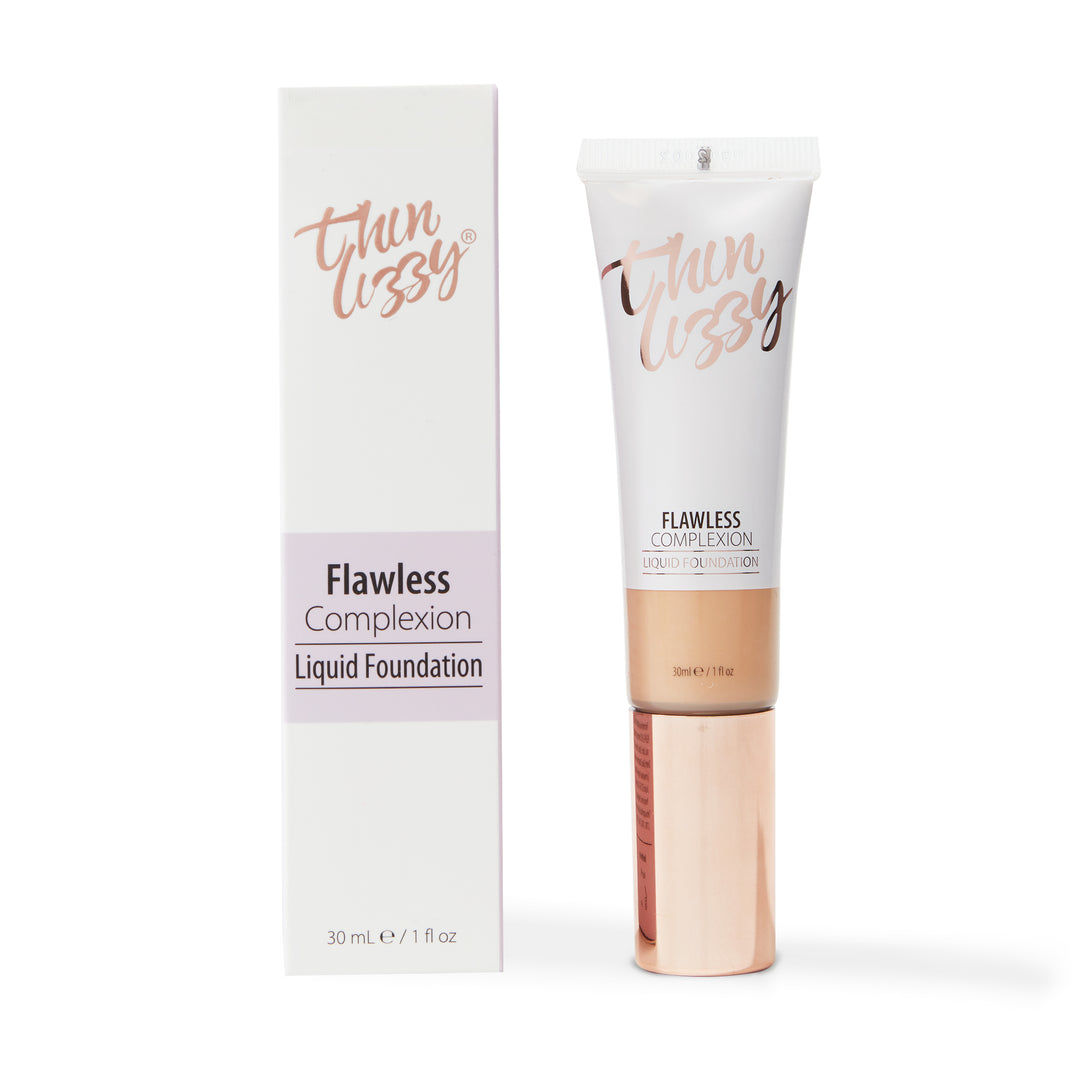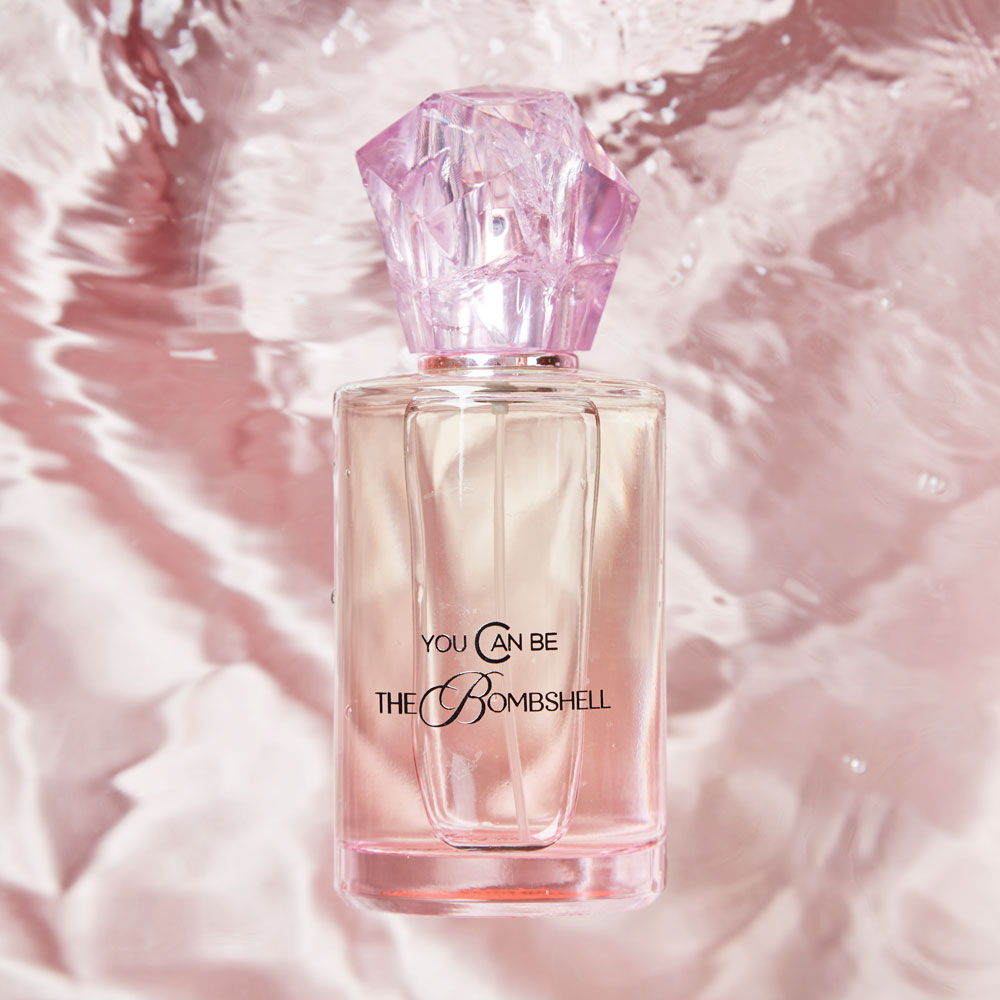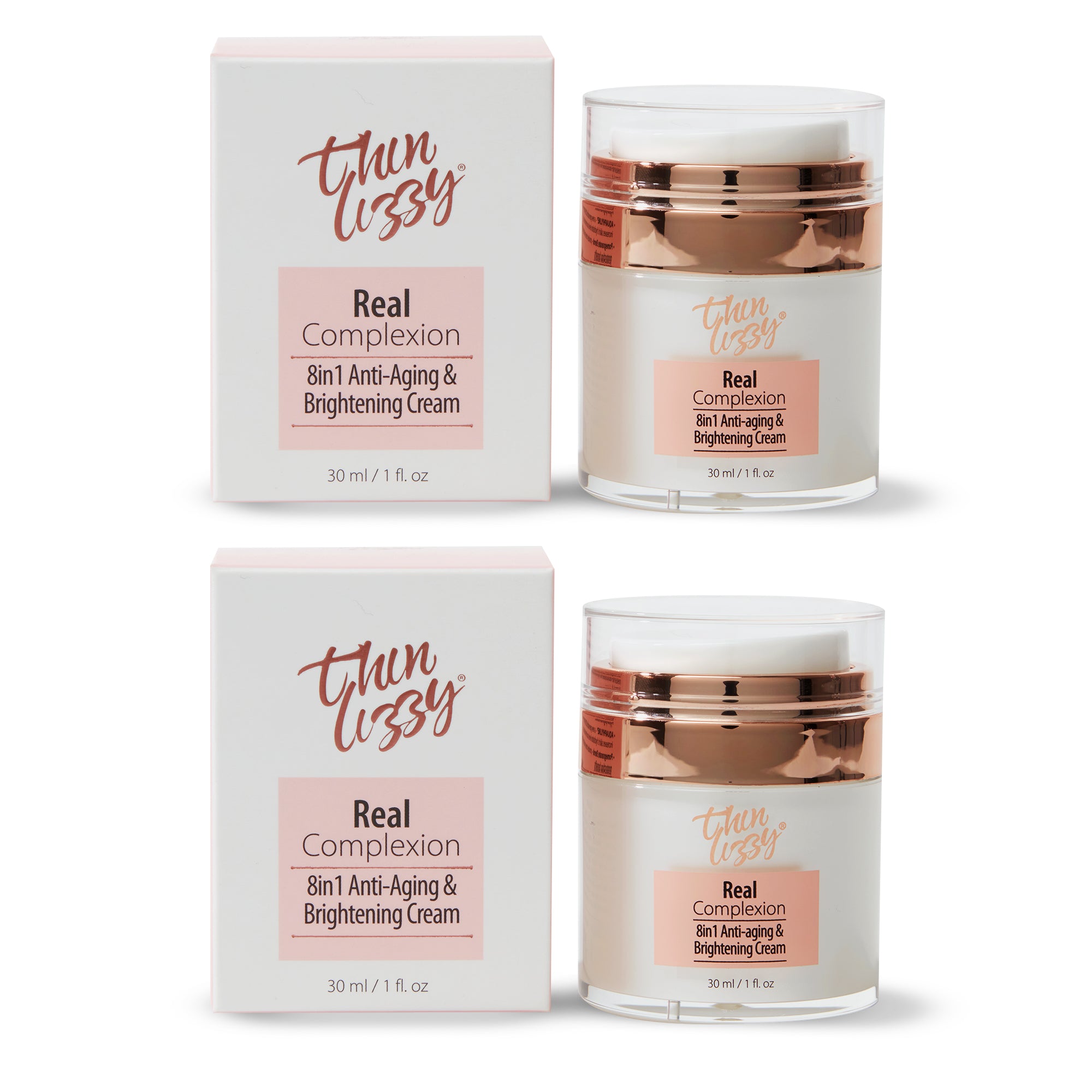Does Slugging Really Work? A Guide to This Viral Skincare Trend

If you’re even slightly into skincare, you’ve probably heard of slugging—the viral trend that promises ultra-hydrated, baby-soft skin. But does it really work, or is it just another overhyped fad? Let’s break down what slugging is, who it’s for, and whether you should add it to your skincare routine.
What is Slugging?
Slugging is the process of applying a thick layer of an occlusive (like petroleum jelly) as the final step in your nighttime skincare routine. The idea is to create a barrier that locks in moisture, preventing transepidermal water loss and helping your skin stay hydrated and plump overnight.
This method originated in K-Beauty and has been a staple for people with dry or compromised skin for years. However, social media has recently brought it into the mainstream, with people claiming it can:
· Repair the skin barrier
· Boost hydration
· Leave skin looking fresh and glowing by morning
Who Should Try Slugging?
Slugging is best suited for:
· Dry or dehydrated skin that struggles to retain moisture
· Sensitive or compromised skin barriers, like those experiencing irritation or eczema
· Mature skin needing an extra hydration boost
· Cold or dry climates, where skin loses moisture more easily
Who should avoid slugging?
If you have oily, acne-prone, or congestion-prone skin, slugging may not be the best option. Since occlusives create a thick barrier, they can trap oil, bacteria, and dead skin cells, potentially leading to breakouts.
How to Do Slugging Correctly
If you’re ready to give slugging a try, here’s how to do it the right way:
1. Cleanse your face – Start with a gentle cleanser to remove makeup, dirt, and excess oil.
2. Apply lightweight skincare – Use hydrating products like hyaluronic acid or glycerin-based serums and a simple, nourishing moisturiser.
3. Seal with an occlusive – Apply a thin layer of petroleum jelly or a rich balm as the final step. Don’t go overboard—a little goes a long way.
4. Sleep and rinse – Let the occlusive work overnight, then wash your face in the morning with a gentle cleanser.
The Benefits of Slugging
· Deep hydration – Locks in moisture to prevent skin from drying out overnight.
· Skin barrier repair – Helps soothe irritation and supports skin healing.
· Smoother, plumper skin – Regular slugging can reduce flakiness and leave skin feeling soft and supple.
· Boosts the effects of your skincare – Seals in all the hydrating ingredients from your previous steps.
Are There Any Downsides?
While slugging can work wonders for some, it’s not a one-size-fits-all solution. Potential drawbacks include:
· Breakouts for oily or acne-prone skin – Heavy occlusives can trap bacteria and excess oil.
· Not ideal for hot, humid climates – If your skin is already producing enough oil, slugging can feel heavy and sticky.
· Doesn’t replace active ingredients – Slugging is great for hydration, but it won’t address concerns like acne, hyperpigmentation, or fine lines on its own.
Final Verdict: Is Slugging Worth the Hype?
For those with dry, dehydrated, or compromised skin, slugging can be a game-changer for locking in moisture and repairing the skin barrier. However, if you have oily or acne-prone skin, you may want to experiment cautiously or skip this trend altogether.
At the end of the day, skincare is personal—so if slugging gives you that hydrated, dewy glow you’ve been craving, then go for it!








